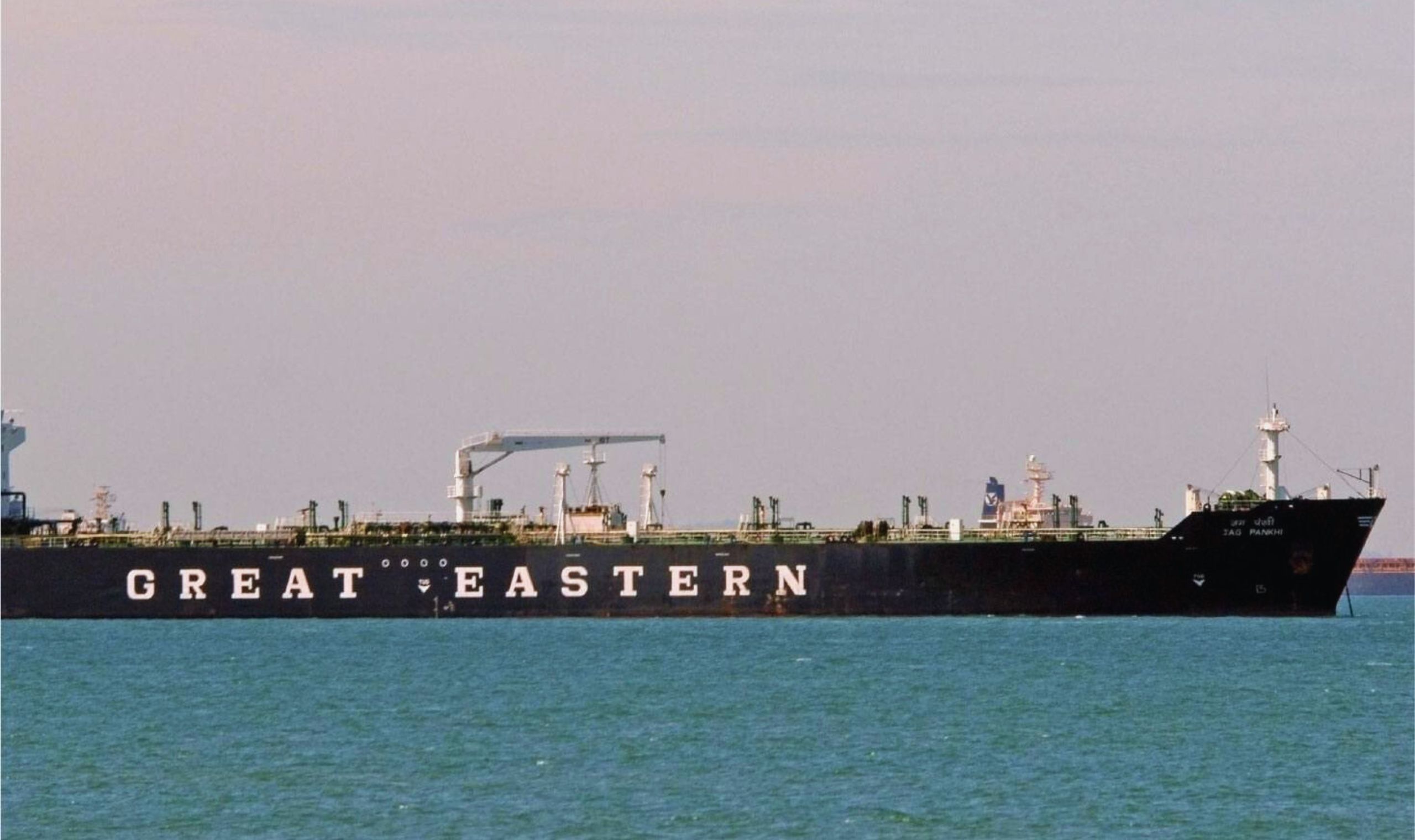India’s leading shipping firm, Great Eastern Shipping Co. Ltd, faced a sterner second quarter with shares losing about 8% after its profitability was dented by lower revenues and increasing costs. The normally robust earnings, which were affected due to shifts in global trade dynamics and rising competition from tanker operators, form an interesting case of how global trade is changing.
Market Reaction and Stock Performance
On the day of the announcement, shares of Great Eastern Shipping had traded down 7 per cent to Rs 1,200, which is a free fall. However, the stock has still rallied 23 per cent year to date, which is a pretty good performance against Nifty 50’s 11 per cent increase during the same time. So the downward trajectory is just short-term, overall the stock is doing just okay.
Q2 Financial Highlights: Revenue Down, Expenses Rising
The company reported a consolidated net profit of Rs 575.6 crore for Q2FY25. This declined by 29% sequentially and 3% year over year. The revenue from operations also dropped by more than 10% QoQ to Rs 1,354.4 crore, though it rose over 10% year over year, showing some degree of resilience.
Total expenditure increased sequentially and year on year by 14%. It stood at Rs 970 crore. The declining revenues accompanied by cost inflation squeezed the margins, calling for strategic interventions to navigate this challenging market environment.
Business Segments: Shipping and Offshore Sectors
Great Eastern Shipping reported uneven revenue growth across all its segments. Shipping-related revenues were up at Rs 1,287 crore from Rs 1,203.2 crore over the previous year. While offshore revenue also rose sharply to Rs 301.2 crore from Rs 265 crore, annual growth should be taken in the context that the company is subject to volatility caused by fluctuations in the global trade, particularly at the quarter-end in regards to tanker demand and changing bulk shipping rates.
Grounded on these events, the company declared its 11th consecutive quarterly dividend of Rs 7.20 per share, with a focus on shareholder returns while accounting for severe quarter-specific challenges.
Key Challenges: Weaker Tanker Performance and Shift in Global Trade
The biggest factors that affected Q2FY25 earnings were weaker performances in the tanker market, especially for crude and product tankers. Seasonal factors and changes in global markets had seen crude tanker earnings slump on account of the 3% decline in seaborne crude trade, primarily because of weak refinery margins, which reduced demand for tankers.
There seems to be squeezing product tanker earnings as higher competition in the clean products area by VLCC and Suezmax tankers that carried crude earlier. According to its investor presentation, conflicts in the Red Sea were earlier increasing the demand for ton-miles for product tankers, but with competition from the VLCC and Suezmax tankers entering into the clean products segment, market share had been squeezed.
It sheds light on the competitive pressure involved in the industry as operators seek new ways to deploy their fleets amid shifts in demand for different oil products.
Bright Spots: Resilience in Bulk Shipping Amid Capesize and Supramax Rate Hikes
Besides the tanker segment, which is facing difficulties, the bulk segment at Great Eastern Shipping reflected buoyancy due to positive trends in Capesize, Kamsarmax, and Supramax spot earnings. On a year-on-year basis, the development in spot earnings of Capesize revealed an astonishing hike of 86%. Again, Kamsarmax rates improved by 17% and those of Supramax by 45%.
Major growth came in the form of increased Chinese demand for these commodities, bauxite and iron ore. Its continued imports supported the bulk shipping rates, while coal trade remained stale due to reduced energy demand in India and Southeast Asia.
Strategic Takeaways and Future Outlook
Q2 results from Great Eastern Shipping outline the volatility and cyclicality of the shipping business. Though the company is well-positioned in bulk shipping and has been resilient in some ways, tanker market challenges will present humps that may keep appearing in the near term.
The company may be required to continue to focus on efficiency and optimize fleet deployment while trying to navigate this complex environment. Diversification of revenue streams will help Great Eastern Shipping better ride out the storm in a global economy that continues to face inflationary pressures and shifting demand, while also bolstering its presence in more stable sectors of the maritime industry.
Geopolitical issues within the Red Sea and market response to similar incidents are current critical keys to shipping companies. Green energy alternatives, such as alternative transportation fuels, as well as the evolution of global policies toward sustainable practice, can also influence demand in the shipping sector.
Even as the general pressure of short-term builds up, a continued dividend payout at Great Eastern Shipping hints at management’s belief in long-term growth. Keeping operational efficiency, cost control and market adaptability in sight, the company is going to be in great shape to face the challenges and mould potential growth in the shipping business ahead.
As change is on the anvil for the shipping industry, strategic moves and adaptability of Great Eastern Shipping would be key to retaining its market position with a steady stream of returns to shareholders.















0 Comments